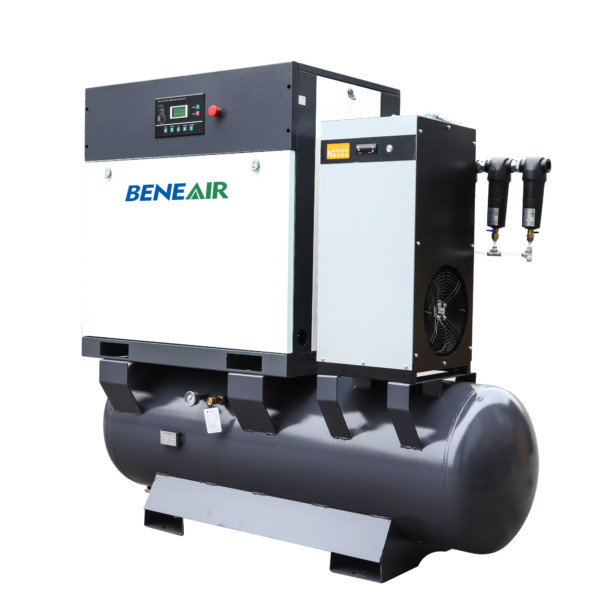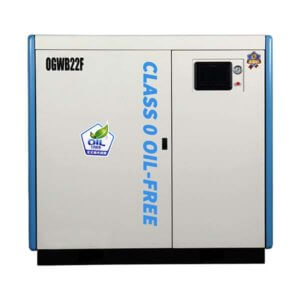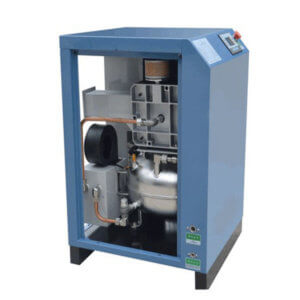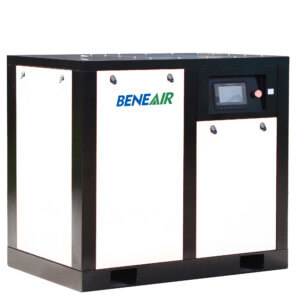Contents
Excess moisture buildup can occur in your compressed air unit and cause an inefficient system. When you first see moisture getting into your air compressor, the first thing to strike your mind is why?
The Cause for Vapors in Compressor
The Cause for Vapors in Compressor
You have already started to question yourself about the root cause behind vapors forming in the compressor. The sooner you find the reason, the earlier you can make a solution. Let’s first discuss some of the causes of condensation in the air compressor and then their solution.
Humidity
A humid environment is one of the significant causes of moisture getting into a unit. Moist air has more percentage of water in it. So when air from a humid environment is drawn into the compressor, it condensates relatively more than the air drawn from a less humid surrounding.
Such a case is more evident in the summer season. The humid air gets into the unit, and the compressor works more on heating the air and then cooling it. It’s all okay until the temperature drops to 100 percent and the water vapor start accumulating with this temp drop.
At this moment, there is more water in the system than air, and our needs won’t be fulfilled as required. It can reduce the gas volumetric efficiency and lubrication as well.
Irregular size
The proper size of the air compressor is necessary for quality performance and efficiency. An irregular-sized compressor can cause plenty of problems, one of which is condensation. When an irregular-sized compressor is used, the system has more workload.
For example, if an undersized unit is used, it needs to work more to fulfill the requirements of each tool. Such mishandling will lead to overheating of the system. Warm air has more moisture-holding limit.
The same happens when the pressure of the air rises. When more work will be required from an undersized compressor, it will undoubtedly increase the pressure. And when it happens, more water vapors are converted back to liquid. Ultimately, more condensation occurs in the system.
Poor maintenance
A poorly maintained compressor will also cause condensation or moisture to get into the system. If the parts which remove excess water are worn out, then it is apparent that there are more chances of condensation in the compressed system.
If you have not cleaned the filters or adequately replaced the oil, the system will work less efficiently and allow the moisture to get in. It will not only increase cost but affect the equipment badly.

Consequences of excess moisture in a compressed system
Consequences of excess moisture in a compressed system
Extra moisture can apparently damage the system in some way. Here are some consequences of excess moisture or condensation of a compressor.
Rust
Rusting and corrosion are the first to occur whenever more than required moisture enters a compressor. It will mainly affect the pipelines and connectors. All the equipment inside the compressed system will get damaged due to corrosion and rusting.
Impurities
Moisture is also a form of impurity that can contaminate the system and cause inefficiencies. Besides affecting the functioning, it will disturb production. Water will get mixed with the by-product and make it contaminated.
Ice buildup
Condensation can cause ice buildup due to excess moisture, which will, in turn, block the passage and pause the work until the pipes get unclogged.
Damaged circuit
Moisture can also cause short circuits and damage the device. Moreover, the life of the system will get shorter due to excess moisture.
Poor lubrication
Water in the system will undoubtedly affect the lubricant quality and reduce the parts’ lubrication. It will ultimately end up in overheating and poor performance of the machine.
How to get rid of excess moisture?
How to get rid of excess moisture?
While you have taken all the preventive measures and some moisture is getting into your compressed system, here are the common ways to get rid of it.
Check the draining system.
The first step you must take to get rid of the excess moisture is to attack its root cause, which means you have to check the draining system of the compressor if it is doing its job or not.
Condensation usually occurs in the receiver tank as the air cooling process occurs in this part. So make sure proper draining of the receiver tank is regularly going. If you haven’t installed a draining system already, you should manually drain the receiver tank.
You can also install automatic draining valves with a sensor to detect excess moisture and carry on the draining process. Water traps work like magic in this regard. It extracts the moisture from the air as soon as it enters the system.
A filter regulator combined with a water trap will complete the purification process and prevent damage caused by excess moisture from getting in. The system will be approximately 60 percent free of moisture with this combination.
Install Air dryers
Whether it be an internal air dryer or external, they can do an excellent job in drying the excess moisture. There are mainly three types of air dryers used nowadays. Let’s discuss them:
- Refrigerated air dryers work on the exact mechanism as air conditioners. It dries the air by cooling it and converting the moisture or water vapor into liquid form, then collected by the drain valve or water trap.
- As the name implies, a desiccant air dryer uses a desiccant to absorb excess moisture or prevent moisture accumulation in the system. The most common desiccants used are silica gel, alumina, and molecular sieve. It does its job by heating and absorbing moisture.
- Another uncommon but essential dryer is a Deliquescent air dryer. It works through a pressure vessel and creates liquid discharge, further extracting moisture from the system.
Introduce a piping system
A piping system is a highly cost-effective way to get rid of excess moisture from your system. In such a setup, long pipelines are installed that absorb heat to reduce the temperature of the air and then extract moisture from it. The water collected at the bottom of the pipe in a drip leg gets out drop by drop.









Leave A Comment